How To
Brave vs Edge: What You Need to Know
Brave vs Edge. Detailed comparison of browsers.

- May 18, 2023
- Updated: July 2, 2025 at 2:10 AM

With so many options available today, your choice of web browser can affect your online experience immensely. Two of the most popular web browsers are Brave and Microsoft Edge, both offering unique takes on the standard web browsing experience.
This article delves into the key features and differences between Brave vs Edge to help you make an informed decision about which you should use as your default web browser.
There are distinct differences in terms of user interface, customization features, and privacy settings that make Brave vs Edge an interesting comparison to explore.
Are there better alternatives to both browsers? Read on to learn how Tempest can be even more helpful for you.
Brave vs Edge: Quick Summary
For web browsers, Brave and Edge stand out as two of the best performing. Below is a comparison table summarizing the essential features of each browser.
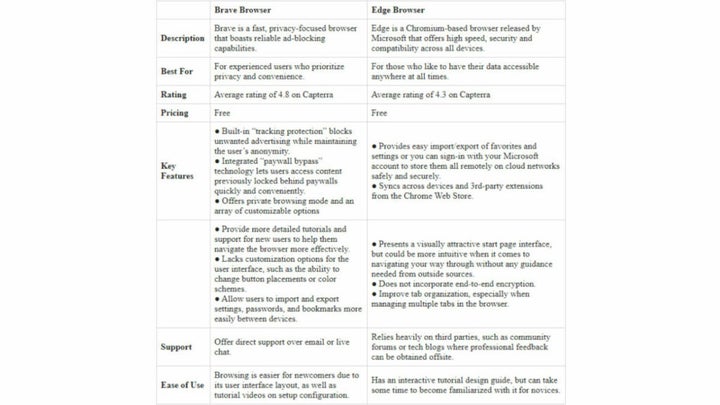
Before getting into the specifics of Brave and Microsoft Edge, here’s a brief look at their backgrounds.
Brave is a secure web browser built on the open-source Chromium platform available on the Chrome Web Store, developed by a team of privacy-focused entrepreneurs. Microsoft Edge is the default browser for Windows, offering a seamless browsing experience integrated with Windows security features, while also available on other operating systems.
With both Brave and Microsoft Edge gaining popularity, it’s worth exploring the key points of comparison to decide which one suits your browsing requirements.
One of the crucial features to consider when choosing between Microsoft Edge vs Brave is the security-focused features. Both popular browsers offer sophisticated security features that prioritize keeping your browsing history and data secure.
Edge’s integration with Windows security features and Brave browser’s integrated ad-blocking and tracker-blocking measures reflect the increasing needs and preferences of users towards increased web security.
Both browsers have their advantages and disadvantages, therefore it’s useful to compare them in more depth so you can decide which browser is best for you.
Speed and Performance
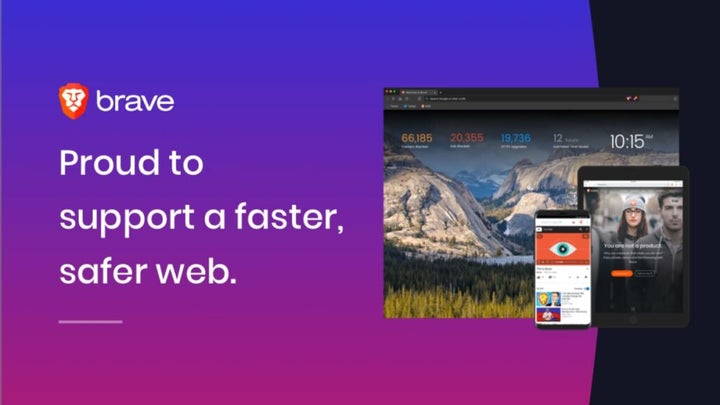
Speed and performance are two of the most important considerations when choosing between Brave vs Microsoft Edge browsers.
Brave Browser
When pitted against each other, Brave software achieved higher ratings with longer pages loading faster than Edge. Its chromium based browsers blitz through sites lightning fast, using an advanced scripting system to deliver web content rapidly.
According to Brave’s speed test results, it performs up to 33% faster than its competitors because its CPU uses less memory, making it a great choice for streaming websites or gaming sites that require near instantaneous loading times.
It uses fewer system resources than Edge, resulting in faster page loads and much shorter loading times for pages with heavy content like video. Additionally, Brave web browser leverages WebRender technology from Firefox, which provides additional improvements in animation speeds and responsiveness of key elements on pages.
Microsoft Edge
Edge also benefits from a select pool of engineering muscle to back up its performance claims. Powered by Microsoft’s proprietary engine, it helps decrease the loading time of web pages significantly compared to earlier versions.
The browser processes complex pages almost immediately and guarantees smooth scrolling with minimal latency issues. Edge offers users solid features, including an integrated search engine panel feature that allows you to quickly access your desired results as soon as you type them into the browser. This significantly cuts down effort and time spent on each task.
In terms of general browsing efficiency, many users attest that Edge is smoother and more productive at satisfying their daily needs during web activity sessions than other competitor browsers in the market today.
Overall, with its strong focus on improving web security, privacy and blocking intrusive ads without compromising on performance and speed, Brave offers an advantaged browsing experience that trumps Edge’s offering.
Security and Privacy

Brave and Edge are both designed with the user’s privacy and security in mind.
Brave Browser
Brave utilizes the latest web technology for secure browsing through HTTPS Everywhere, making sure that user browsing data is always protected over the network. It has implemented several additional features, such as tracking prevention, script disabling, and advanced security measures that blocks ads and trackers, which also helps to protect against viruses, malware, phishing attacks, and malicious content.
Brave’s innovative approach offers more granular control over privacy and security than Microsoft Edge. Using a specialized Tor browser that allows for anonymous browsing of a webpage, Brave can protect against IP address tracking, which keeps independent actors from gathering information on a user’s online activity.
In addition, Brave blocks ads from third-party sites from running malicious scripts that could access local files or monitor keystrokes. While Microsoft Edge provides effective protection against threats like phishing, its security focused features lack the level of control offered by Brave’s Tor integration.
Microsoft Edge
Edge offers advanced settings that give users control over their privacy, including built in ad blocker and password protection. It’s also designed to detect potential threats while keeping its users’ online activities private.
Edge allows users to choose between a global privacy setting or selecting specific websites they wish to block data tracking on. Its SmartScreen technology analyzes website downloads for malicious content, which provides an extra layer of protection against potential threats.
The newest version of Edge combined the original version’s sandboxing protection with a multi-process model that makes it virtually impossible for malicious code to run on your PC. Microsoft also offers constant scans of your downloads folder through Windows Defender SmartScreen, so you can be sure malicious sites cannot compromise your device or data.
In summary, both Brave and Edge offer users a secure and private browsing experience. Brave is the clear winner in terms of granular control over security settings, while Edge offers more comprehensive protection against potential threats with Windows Defender SmartScreen. Ultimately though, it depends on what features you’re looking for from your browser.
Performance on Different Devices
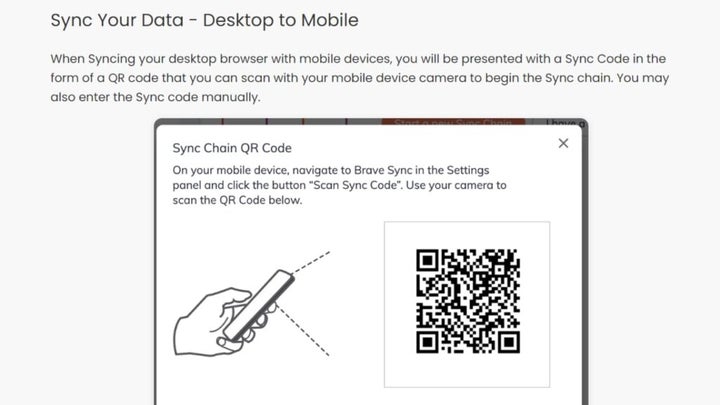
When it comes to performance on different devices, the question often arises, “Should I choose Brave or Edge?” The answer depends on a variety of factors, so here’s a breakdown of the best performance features of both browsers in various areas to find out which one best suits your needs.
Brave Browser vs Microsoft Edge
When using the Windows 10 platform, Brave has proven to be streamlined and faster than Edge. It consistently loads pages 5-15% quicker because of its efficient program handling and lightweight extensions. Brave doesn’t require extensive CPU power to function, which is why loading pages feels more effortless.
On Windows 10, Brave is snappier with quicker page loads and swift navigation compared to Microsoft Edge. According to benchmarks run by NeoWin, Brave took 25% less time to render webpages than Microsoft Edge within the same system configuration.
Edge has been reported to often struggle with lag times and glitchy effects no matter the device type and model being used.
Compared to Apple’s Safari browser, Brave proves superior as evidenced by benchmark tests displaying higher html5 score numbers (which measure compatibility of a website across multiple devices) along with faster loading speeds for text-heavy sites, like news outlets or sports columns.
In contrast, Edge runs much slower in comparison to Apple computers running macOS, even though both browsers use the same fundamental filters designed for Microsoft products, such as Windows Defender SmartScreen or Windows Filter Platforms integration.
On Desktops: Brave offers better speed than Edge with its optimized engine, making it a winner in this category. Its ability to block ads makes pages load faster and the browsing experience is smoother without those pesky ads interrupting your flow. Edge, on the other hand, does not allow blocking ads, which will affect the speed of your webpages adversely.
On Mobiles: The rivals both perform similarly when it comes to loading speeds on smartphones. Brave also has better rankings when it comes to overall performance according to industry experts, such as PCMag and Productivity Bytes, who measured page rendering times, memory consumption etc.
On Tablets: Brave again outperforms Edge with faster page loading times and superior power optimization capabilities, resulting in fewer crashes. It has been voted as one of the best browser by TabletTalks for tabletsbecause of its refined optimization techniques used for battery saving.
Overall, it’s clear that Brave outperforms Edge in terms of speed and performance on different devices, making it both user friendly and a good user experience. It’s an ideal choice for any user seeking a customized user experience without having to sacrifice valuable time or resources while working.
Battery Life
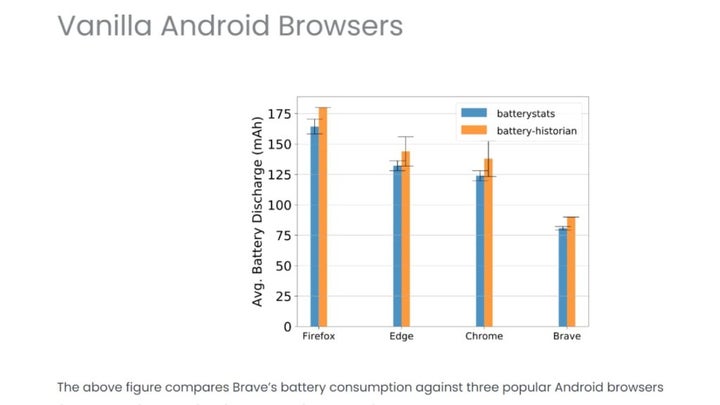
This is an important consideration because the longer your battery lasts, the more productive you can be while still enjoying your favorite web activities.
Brave Browser vs Microsoft Edge
When it comes to battery life, Brave is the clear winner. With its superior optimization techniques, Brave ensures that your device’s battery life is extended for longer periods of time.
The browser has built-in features such as “Sleep Tabs” and “Battery Saver” which help you manage your battery usage in a much more efficient manner. With a combination of advanced power-saving techniques, Brave can provide up to two times longer battery usage than Edge.
Furthermore, Brave’s “Ad Blocker” feature also helps to reduce battery consumption by blocking unwanted ads and scripts that slow down the loading times of webpages.
Microsoft Edge does not offer any built-in power optimization features. This can cause your device’s battery to drain faster than usual when using this browser.
Brave confidently outstrips its competition when it comes to sustainability for long-term browsing sessions.
One of Brave’s standout features is the ability to block ad tracking and extra scripts, which have been proven to significantly reduce energy consumption, even more so than browsing in private mode. This is because time wasted loading resources accounts for nearly 50% of total energy used while surfing the web.
Edge also offers other optimization features, such as “sleeping tabs” which allow users to save energy by disabling unnecessary tasks and ensuring that only necessary processes are running in the background. This helps conserve battery power even further.
On Windows 10, Edge is often criticized for its high RAM usage which eats up energy and shortens the battery life of a device. This can be especially problematic for those who use their laptop or tablet for long hours at work as it quickly drains power reserves due to the browser’s intensive memory usage.
In summary, Brave vs Edge is a battle that clearly favors Brave. It offers superior features and optimization techniques that help to extend battery life, while also providing a fast and secure browsing experience.
Design of Browsers: How It Impacts Performance and User Experience
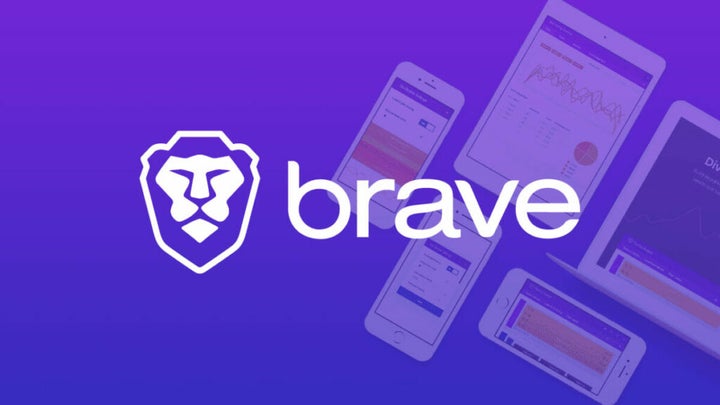
When it comes to browsing the web, users expect speed, security and reliability. Brave and Edge offer distinct design solutions that cater to different users, depending on their preferences. To understand their differences better, here’s how their designs impact performance and a good user experience.
Brave Browser
Brave has put its focus on enhanced security given its lack of plugins. It uses its Chromium-based browser engine for rendering webpages quickly, which makes it a faster loading alternative compared to Edge. It offers a simple, uncluttered interface with tabs taking center stage.
Offering a wide range of built-in features, including anti-tracking protection, it ensures users are safe from data snoopers and phishers. Its embedded content blocker further boosts privacy as well as benefiting users in terms of loading times.
Brave has implemented several features, such as advertisement blocking tools and an extensive database of adblock policy rules to keep track of malicious behaviors from websites, which improves overall browsing safety.
These features have significantly reduced page load time, boosting the overall performance of Brave by allowing optimized handling of WebRTC (web real-time communication) protocol requests.
Microsoft Edge
Edge is designed for people with a Microsoft account who need access to specific services like Office 365 integration. The standout feature in Edge is support for Windows Hello biometrics authenticator, meaning users can easily log into websites using their fingerprints or facial recognition capabilities, providing convenience while also ensuring security.
With this native support built into the browser, personal data is kept safe without any worry that they’ll be lost due to malware or phishing attacks manipulating webpages links users open through external tabs redirecting them elsewhere unintentionally.
Edge’s cleaner modern look is designed for the Windows 10 user base. The browser takes up minimal screen space, highlighting its usability and ease of access across devices. Edge boasts outstanding page loading speeds with faster time, even on low bandwidth connections, making it optimal for those looking for instantaneous results.
It also offers an intuitive way to customize the settings, as per individual needs essential for optimum productivity if used in a corporate setting. Certain risk mitigation tools also help create a secure browsing environment, improving upon its overall security at an enterprise level.
Edge works with active content filters as well as an isolated sandbox for tabs which provides additional protection. Additionally, these browsers use different integrated features, including malware scanners, tracking blockers, built-in password managers and more for added security options.
In conclusion, both browsers offer unique options tailored to specific audiences: one providing comprehensive user privacy with fast access; another having great accessibility with enhanced security controls ideal for enterprise environments.
Is There a Better Alternative?
It’s easy to see why Brave and Microsoft Edge have become two of the leading web browsers. However, there are reasons to consider other browsers, not just for individuals, but also businesses.
Alternatives include:
Tempest

- A browser that focuses on privacy and data security one search at a time, which provides a safer and more secure browsing experience.
- It’s based on the open source Chromium engine, which has various features that safeguard your data, including ad blocking, script blocking, and tracking protection.
Google Chrome
- Arguably the most popular browser today.
- It offers a wide range of Chrome extensions and apps in its Chrome Web Store, and Google Chrome boasts a fast and sleek design.
Apple Safari
- It’s the default browser for Mac computers and is well known for its integration with other Apple products.
- It has a built-in reader view that allows you to read articles without ads or distractions, and a “Do Not Track” feature that blocks websites from tracking your activity.
Mozilla Firefox
- It’s an open source web browser with an extensive library of extensions that can be tailored to meet the specific needs of users.
- It also has a private browsing mode which prevents sites from collecting any information about you while you surf the web.
- It has multiple levels of security features to protect your data from malicious attacks.
Summary
When choosing a default web browser for optimal security, it’s important to consider factors such as compatibility, support, performance and privacy. Brave and Edge are both good options for keeping up with the pace of innovation, but it all comes down to your preference.
Both browsers provide comprehensive features that users can customize depending on their individual needs, from intuitive features like dark mode to comprehensive tracking blockers and a secure private browsing experience.
When comparing Edge vs Brave, the key differences come down to performance and how each weighs user privacy against interactive ease of use.
Microsoft Edge offers compatibility with the Windows OS, while Brave focuses on reliability, speed, and privacy protection.
Ultimately, the decision between Edge vs Brave will depend on what matters most to you; speed or protection. While both boast impressive features, it ultimately comes down to user preferences when deciding which browser is best for your needs.
You may also like
 News
NewsApple Fitness+ drops a teaser for something big: here’s everything we know
Read more
 News
NewsThat time Steve Jobs gave an autograph stating that he didn't give autographs
Read more
 News
News'Stranger Things' has led Netflix to its best Christmas of all time
Read more
 News
NewsThe worst New Year's Eve show in history, where everything that could go wrong went wrong
Read more
 News
News"The best movie I never made." James Cameron recalls the 'Spider-man' he never got to direct
Read more
 News
NewsTom Hiddleston warns us that the next 'Avengers' is going to be incredible
Read more
